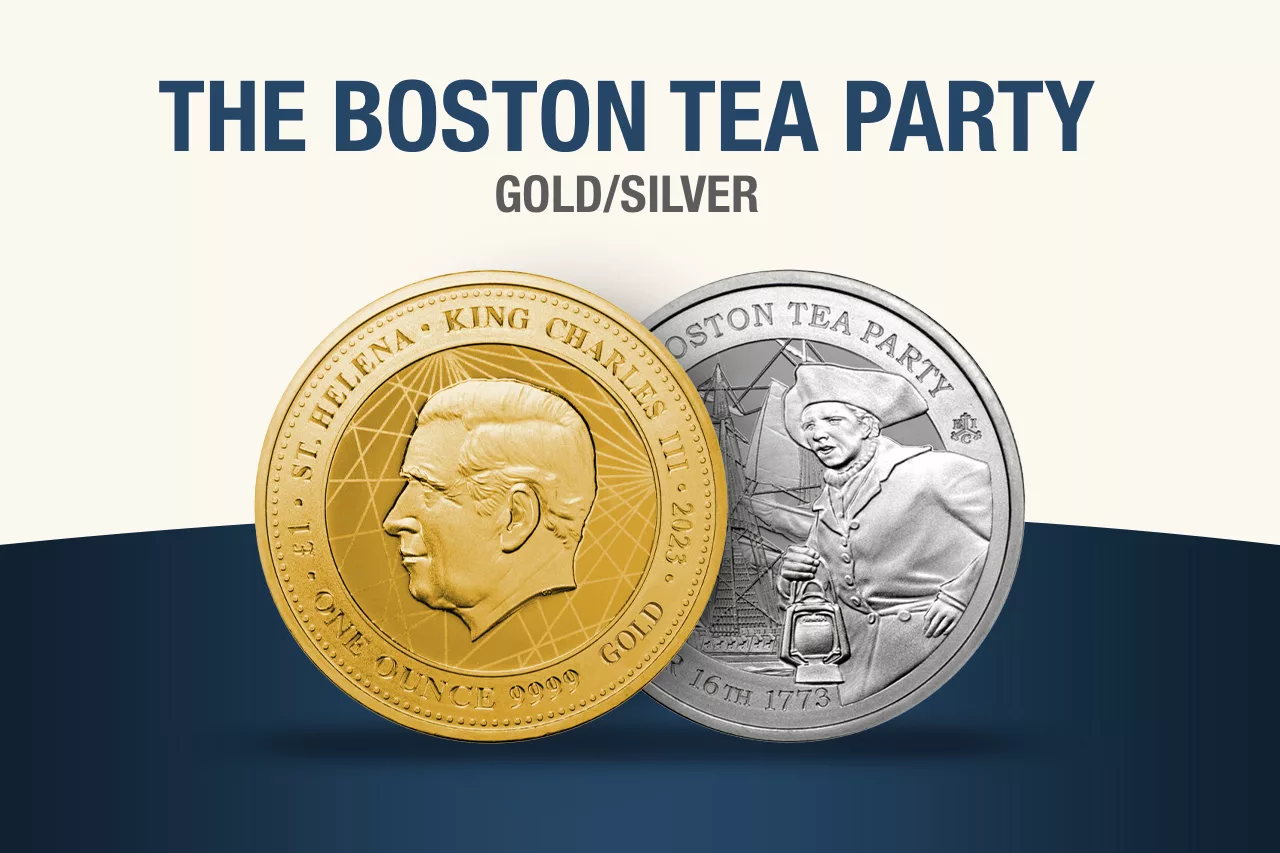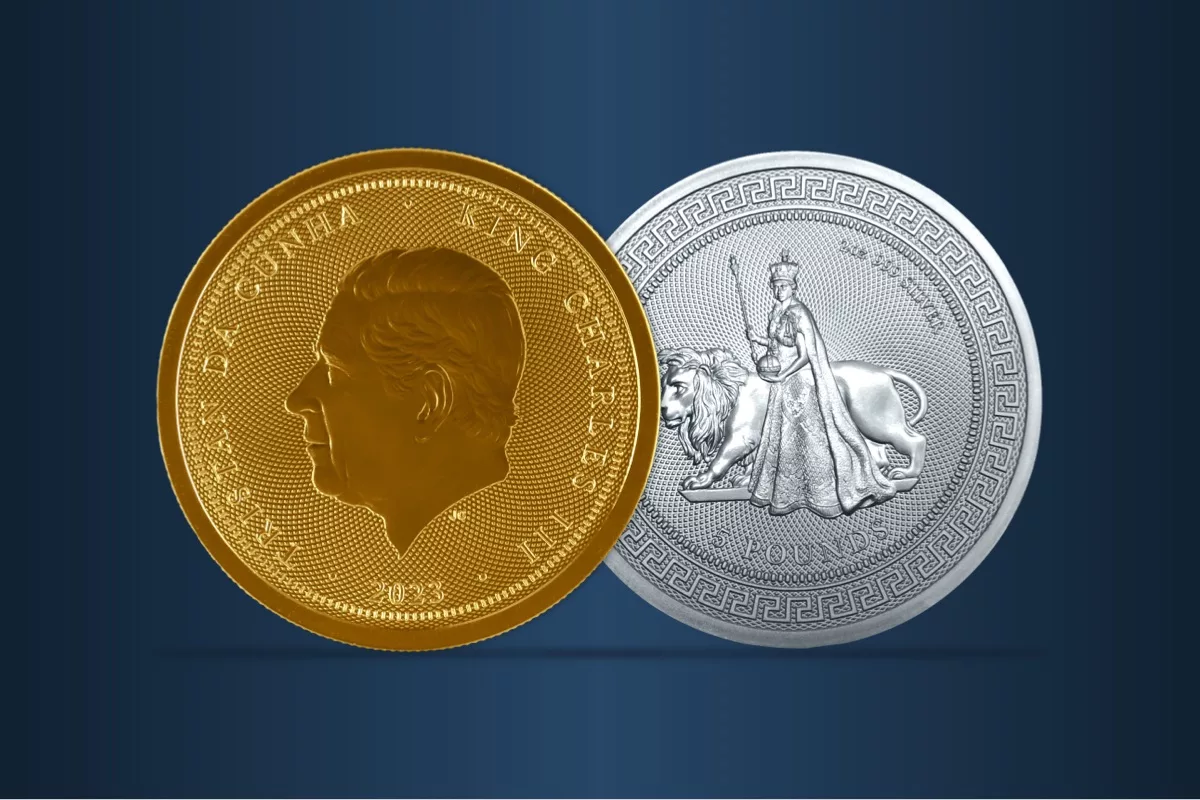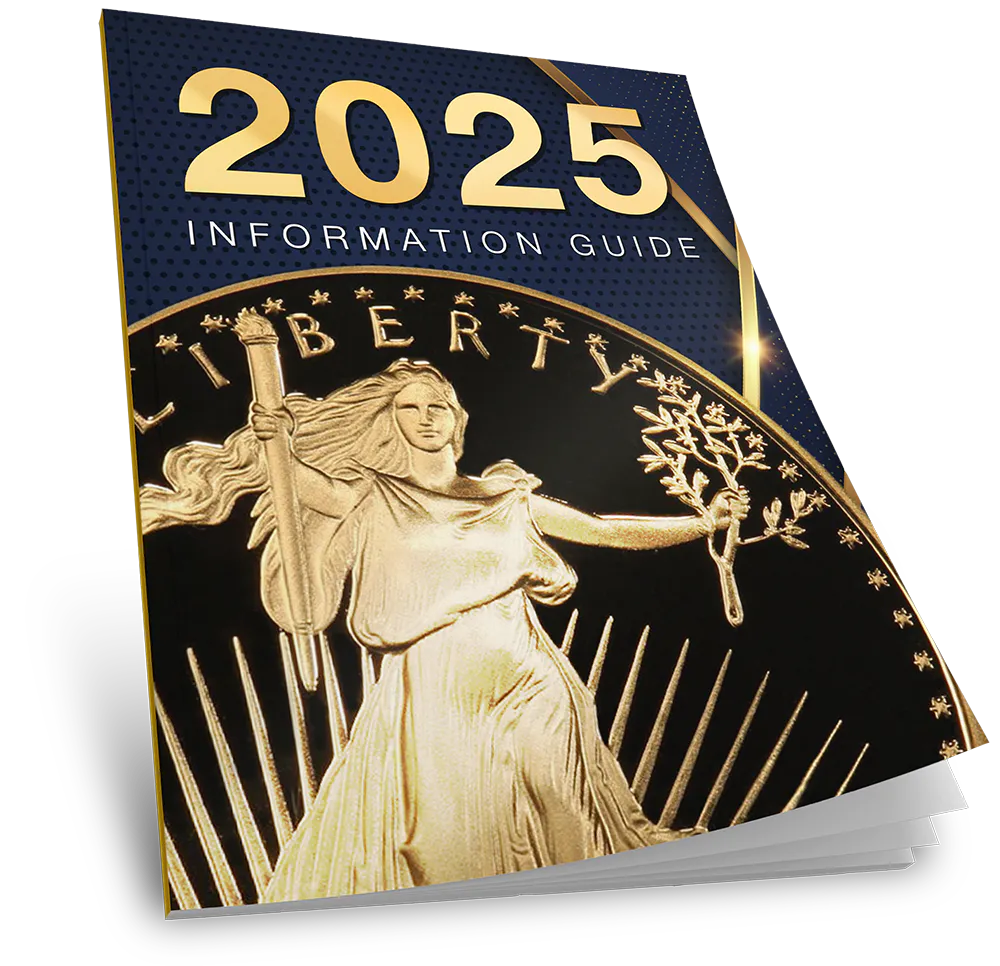
Randy Schwartz
LATEST

A Historic Treasure Minted from the Legendary SS Tilawa Shipwreck Silver, Now Available for Collectors...
By Randy Schwartz
14 May 2025

Learn Wealth Protection Strategies for Economic Uncertainty and Market Volatility LOS ANGELES, April...
By Randy Schwartz
10 April 2025

We are excited to welcome Howard Smith as our new Senior Director of Finance LOS ANGELES, January 20,...
By Randy Schwartz
20 January 2025

American Hartford Gold is excited to announce the appointment of Tera Fead as the company’s new Chief...
By Randy Schwartz
22 October 2024

American Hartford Gold Named Fastest-Growing Companies for Fifth Time LOS ANGELES, August 14, 2024 —...
By Randy Schwartz
14 August 2024

Recognition Highlights American Hartford Gold’s Innovation and Impact in the Precious Metals Industry...
By Randy Schwartz
09 July 2024

Governor Mike Huckabee Announces Partnership with American Hartford Gold LOS ANGELES, April 11, 2024...
By Randy Schwartz
01 June 2024

American Hartford Gold announces the addition of The Entrust Group to its Gold IRA administrator options...
By Randy Schwartz
16 April 2024

These Silver and Gold commemorative coins honor the event that launched the American Revolution and the...
By Randy Schwartz
08 November 2023

Celebrating Queen Elizabeth II’s 70th Anniversary, this coin marks HM King Charles III first appearance...
By Randy Schwartz
21 September 2023

American Hartford Gold Named to Inc. 5000 List for Fourth Time LOS ANGELES, August 15, 2023 –...
By Randy Schwartz
15 August 2023
Get Your Free 2025 Guide





